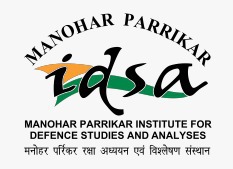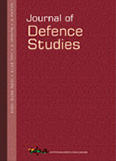When Counterinsurgency Wins: Sri Lanka’s Defeat of the Tamil Tigers by Ahmed S. Hashim
The Liberation Tigers of Tamil Eelam (LTTE)-led insurgency in Sri Lanka was amongst the fiercest and most bloody low-intensity conflicts fought during the last two decades of the 20th century and first decade of the 21st century. This ethnic conflict became known for not only the fighting prowess and ruthlessness of the LTTE, but also the equally brutal manner in which it was finally ended by the Sri Lankan Army (SLA).
- Vivek Chadha |
- January 2015 |
- Journal of Defence Studies




